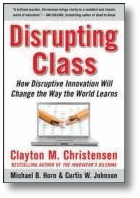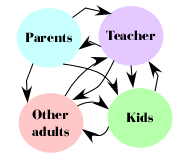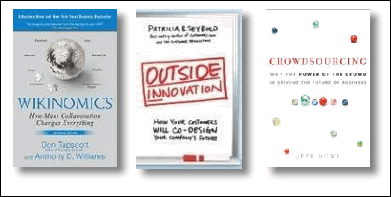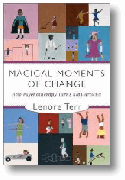I suspect adjunct college faculty (part time contract employees) will migrate to these learning communities first. I know from first hand experience, as well as colleagues tales of woe, that institutions of higher learning show no loyalty to adjuncts and get none in return. They are underpaid and over worked like the pawns in any bureaucracy. Any love of learning, teaching and nurturing others gets fried by the onslaught of papers to grade, content to cover, requirements to comply with and student issues to resolve. Learning communities could easily look like a "dream come true" and a return to the reasons they sought teaching positions in the first place. They will see this as an opportunity to be a nurturing "guide on the side of the student" instead of an expert "sage on stage with a grade book in hand".
I expect institutions of higher learning and their student bodies will hold these "lowly" learning communities in deep disregard. Learning communities offer no quantitative proof of comprehension, retention and capable application of any subject matter. They provide no credentials for future employers, credit card issuers or graduate schools. They fail to cover any respectable body of knowledge with consistency, depth or reliability. They provide no safeguards against malpractice, fatal errors or costly mistakes in professional practice. They don't even impose enough academic rigor and workload to prepare students for slaving away in the confining cubicles of command & control environments. They glorify spontaneity, serendipity and socializing as if the future calls for massive improvisation and innovation by cultural creatives.
These put downs make no difference to drop outs who are already shot down, put out and disrespected. Any engaging learning community can make a big difference to them however. Where the mutual engagements do not support rote learning to goose up a GPA, they do encourage, respect and reward many other kinds of learning:
- Learning by taking action, generating uploads into the community, creating contributions by working on projects
- Learning from the interpersonal consequences of their actions, refining personal conduct using feedback from others' reactions to what they said or did
- Learning by experimenting with different strategies to get results, debugging flawed attempts to solve problems by iterative trials
- Learning by talking partial understandings out with others, getting clear by conversing about it, expressing oneself to realize more insights
- Learning by reflecting on what happened, letting new ideas sink in, coming to one's own realizations
- Learning by teaching others, connecting more dots as one tries to explain the concept to others, finally seeing the pattern behind methods
- Learning by example, picking up new routines by osmosis, imitating exemplars of best practices




